The FMA has commissioned Mary to write quick tips on investing:
The lazy person’s guide to investing — in and out of KiwiSaver
Pay down debt — including your mortgage — or save?
Make time your friend in KiwiSaver
Starting a conversation about money
Splitting KiwiSaver when a relationship ends
KiwiSaver tips for women at all life stages
How to pick a provider — for KiwiSaver and other investments
Setting financial goals for the new year
Christmas fun without the financial hangover
Achieving financial success without owning a home
Investing more ethically
KiwiSaver for a first home
Getting rich too quick
Taking a break from KiwiSaver
How to retire a Rich Old Lady
The lazy person’s guide to investing — in and out of KiwiSaver








Pay down debt — including your mortgage — or save?






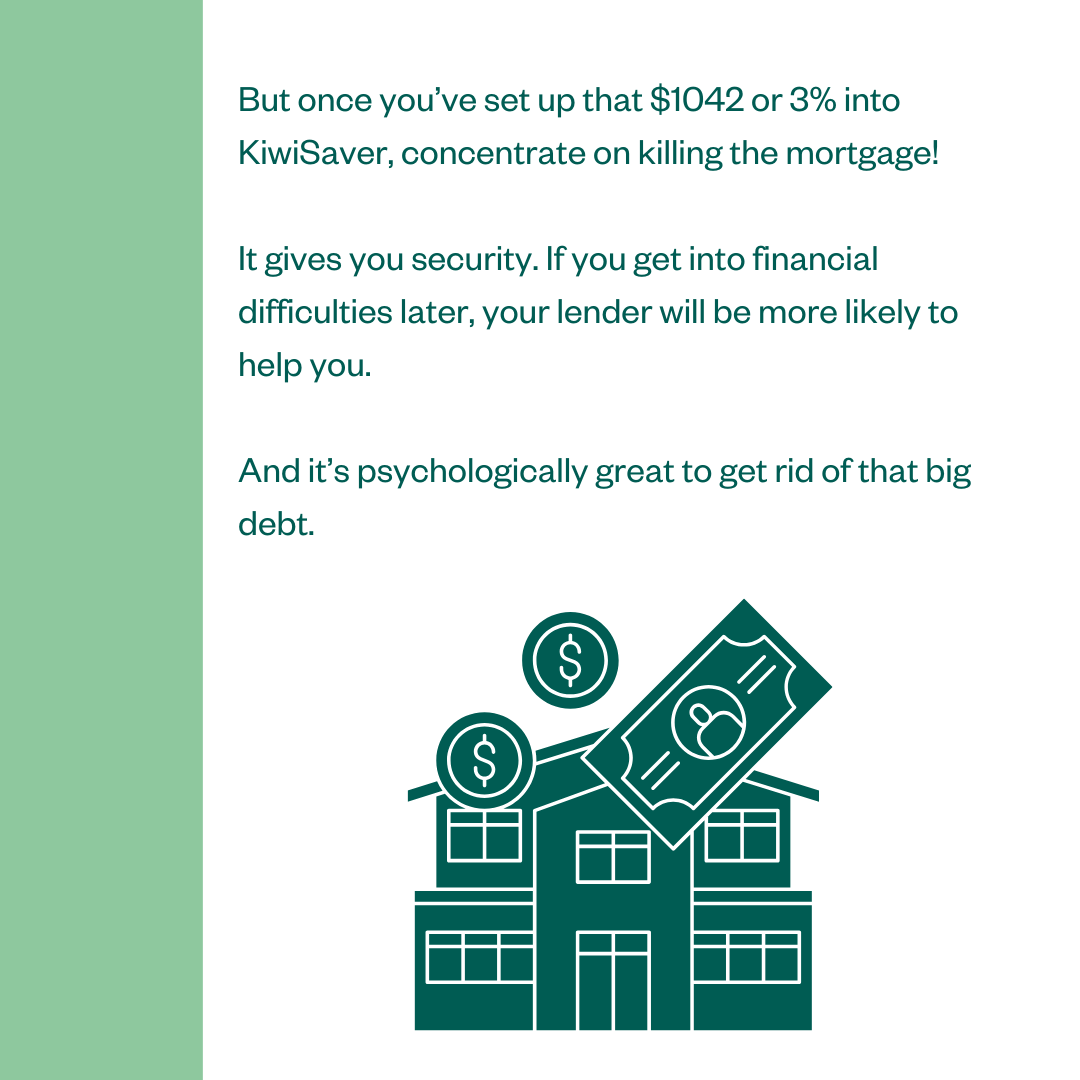
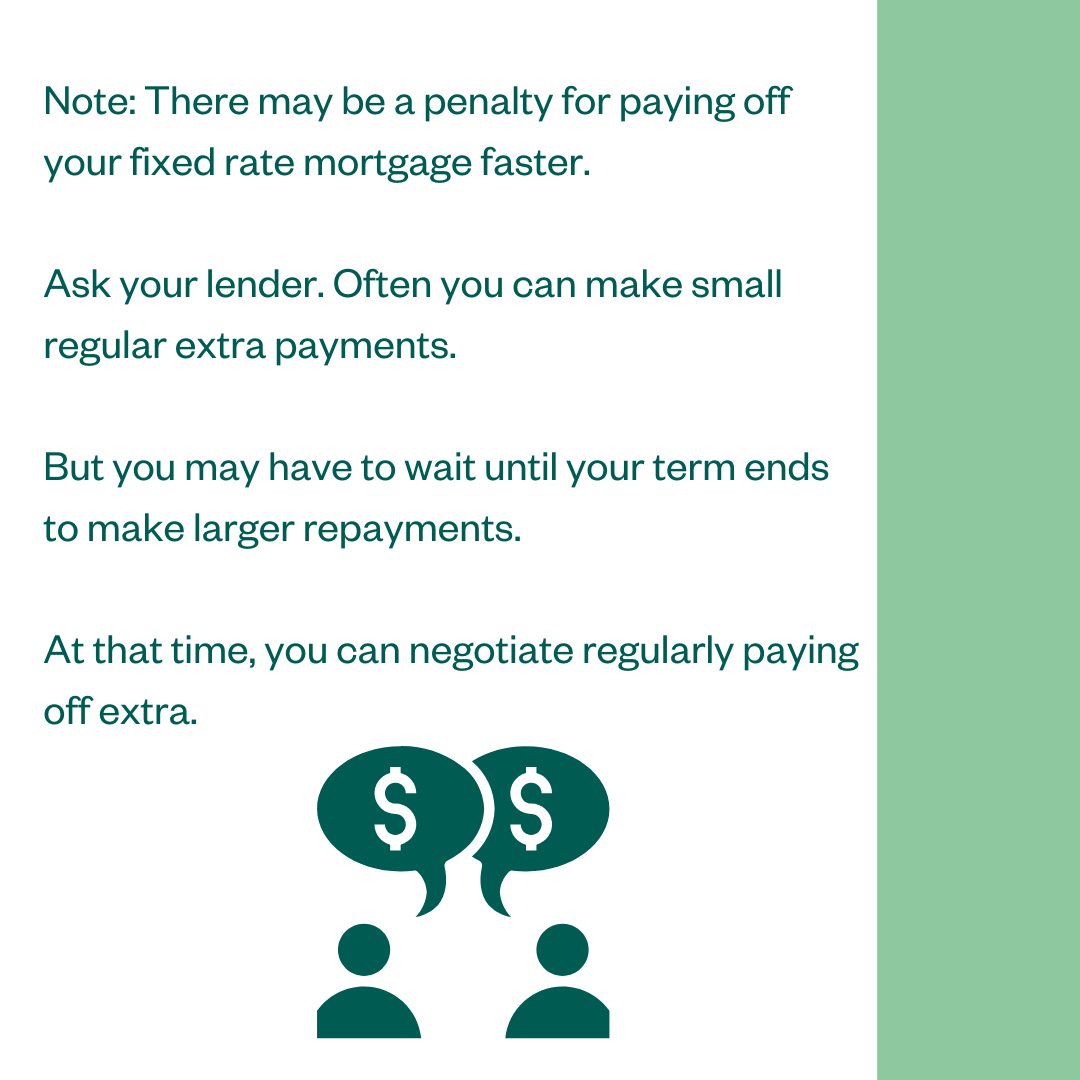
Make time your friend in KiwiSaver








Starting a conversation about money







Splitting KiwiSaver when a relationship ends





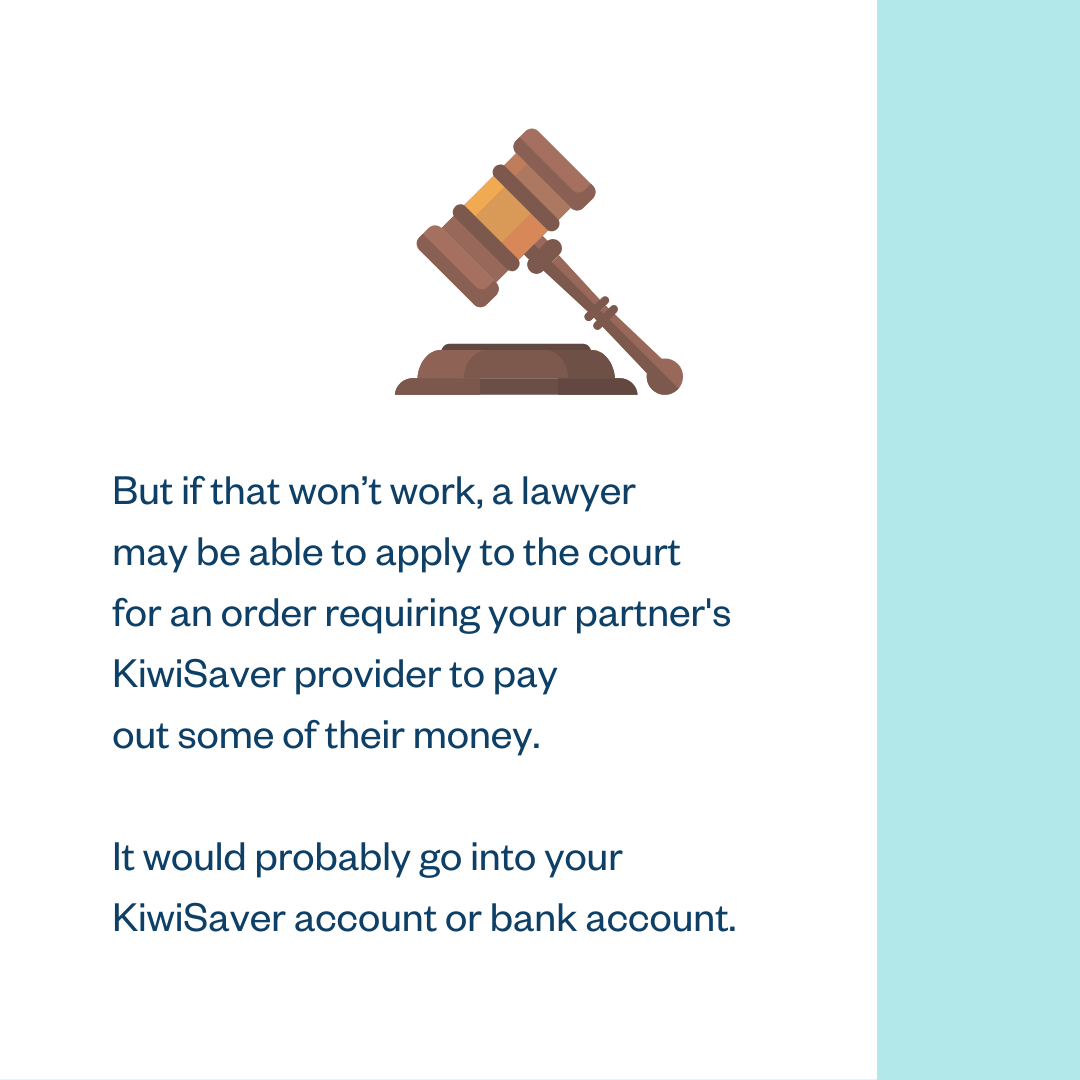

KiwiSaver tips for women at all life stages







How to pick a provider — for KiwiSaver and other investments







Setting financial goals for the new year







Christmas fun without the financial hangover









Achieving financial success without owning a home
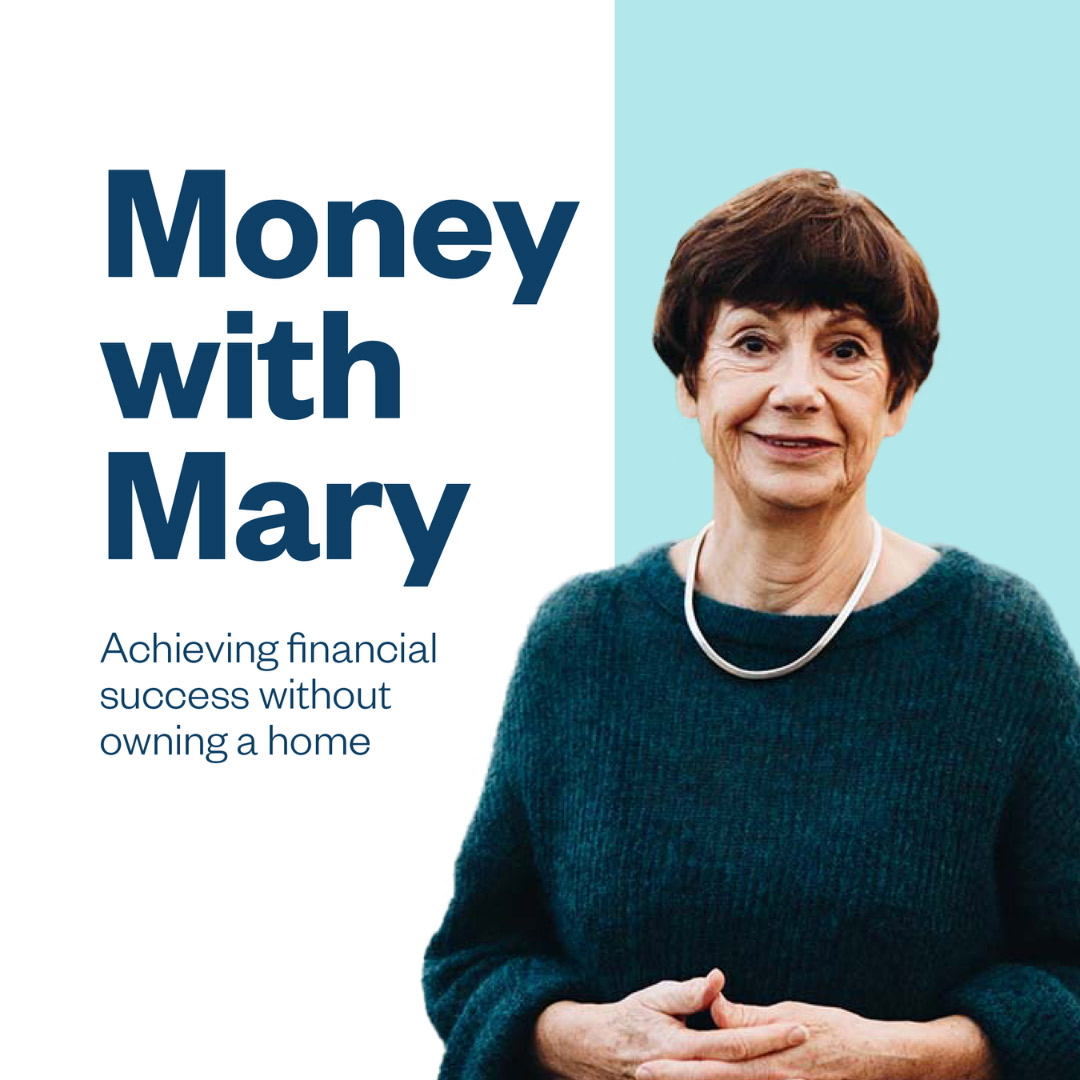





Investing more ethically







KiwiSaver for a first home





Getting rich too quick







Taking a break from KiwiSaver

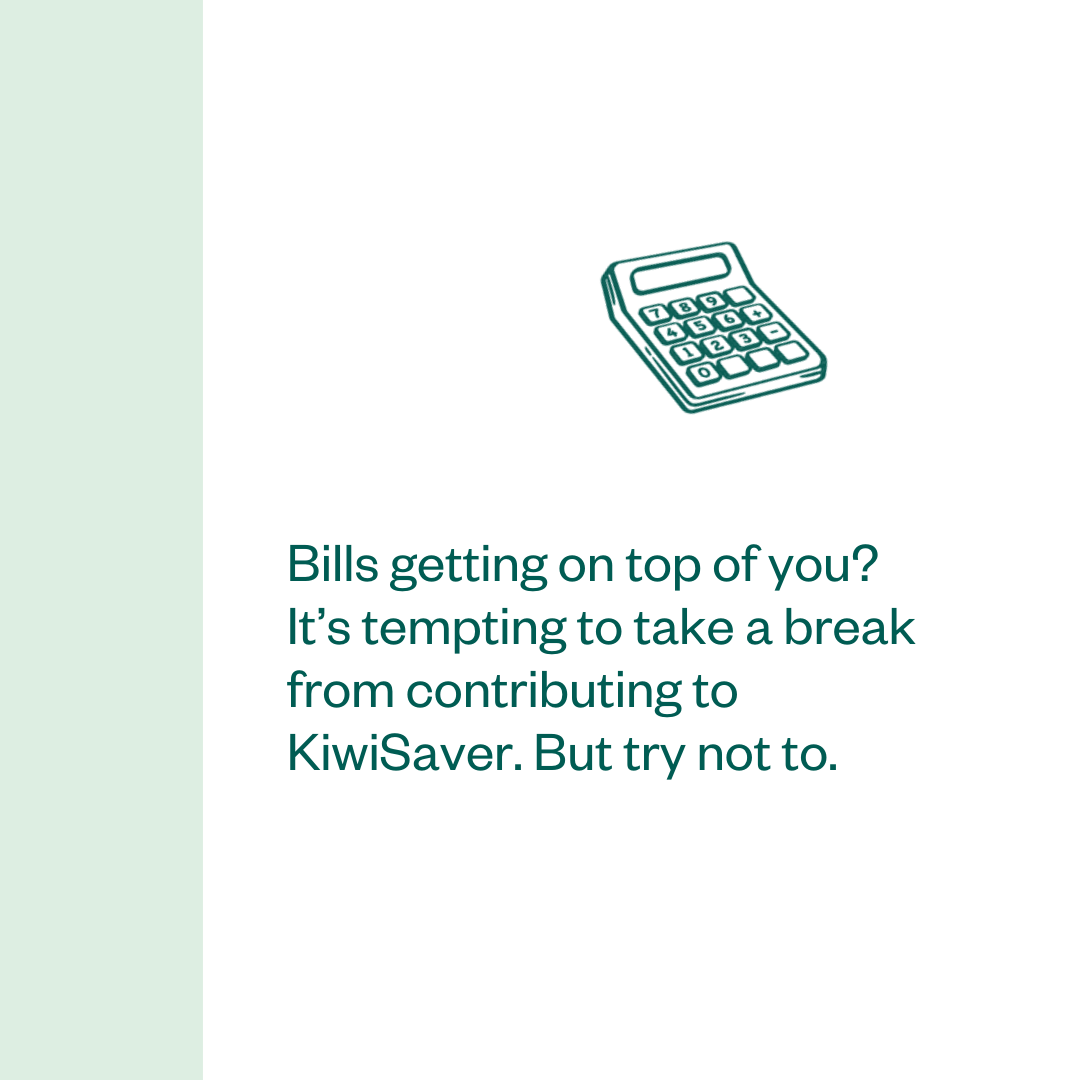




How to retire a Rich Old Lady





